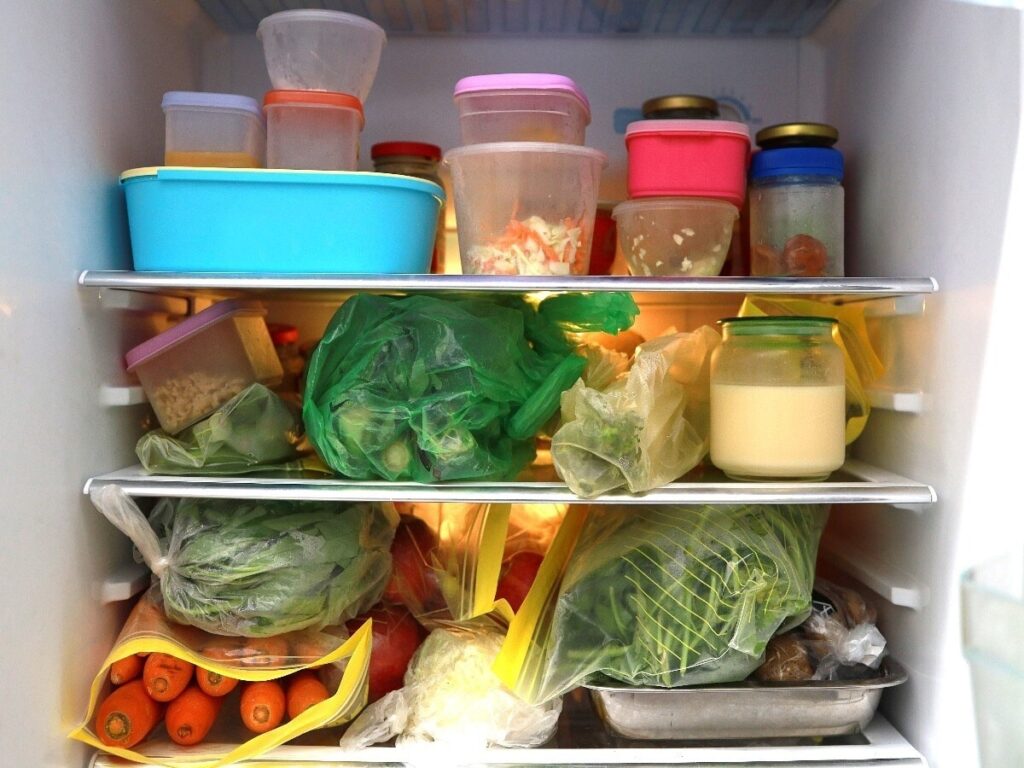Storing food in the refrigerator for extended periods can be detrimental to health. It’s essential to understand the optimal storage times for various foods to ensure freshness and safety. This article provides a comprehensive guide on how long you can safely store different types of food in your fridge, ensuring you maintain both the quality and safety of your meals.
Understanding Food Storage Times
Food safety is a critical aspect of maintaining good health. Each type of food has a specific shelf life, and exceeding these limits can lead to foodborne illnesses or spoilage. Below, we break down storage times by category to help you make informed decisions.
Dairy Products
| Food Item | Optimal Refrigeration Time |
|---|---|
| Milk | 1 week after expiration date |
| Yogurt | 1-3 weeks after opening |
| Cheese | 1-4 weeks post opening, varies by type |
Meat and Poultry
| Food Item | Optimal Refrigeration Time |
|---|---|
| Raw chicken | 1-2 days |
| Raw beef | 3-5 days |
| Cooked meat | 3-4 days |
Fruits and Vegetables
| Food Item | Optimal Refrigeration Time |
|---|---|
| Berries | 3-7 days |
| Leafy greens | 5-7 days |
| Carrots | 3-4 weeks |
Prepared and Leftover Foods
| Food Item | Optimal Refrigeration Time |
|---|---|
| Leftover casseroles | 3-4 days |
| Soups and stews | 3-4 days |
| Pizza | 3-4 days |
Best Practices for Food Storage
To maximize the freshness of your food and enhance safety, consider the following best practices:
- Store food in airtight containers to prevent contamination and odor transfer.
- Label items with dates to track freshness easily.
- Regularly clean your refrigerator to maintain a hygienic environment.
- Avoid overloading your refrigerator; proper air circulation is important for even cooling.
Conclusion
Understanding how long different foods can be stored in the refrigerator is crucial for maintaining both quality and safety. By following the recommended times for food storage and adhering to best practices, you can enjoy fresh, healthy meals while minimizing the risk of foodborne illnesses. Always remember to assess the smell, texture, and appearance of food before consuming it, as these factors can also inform you about its freshness.
